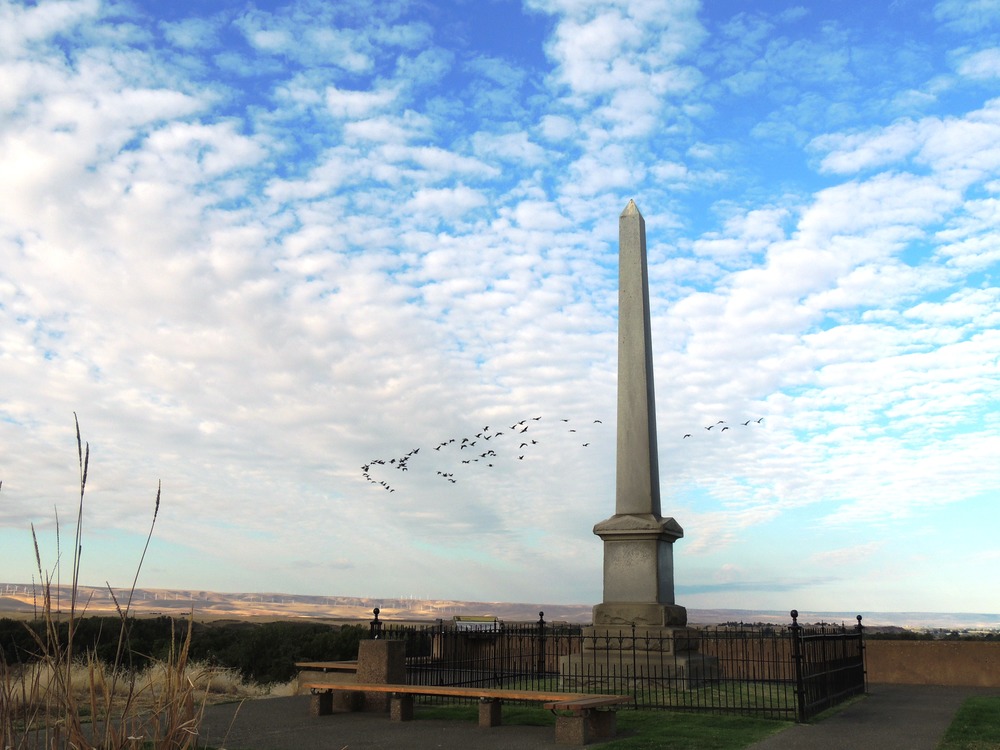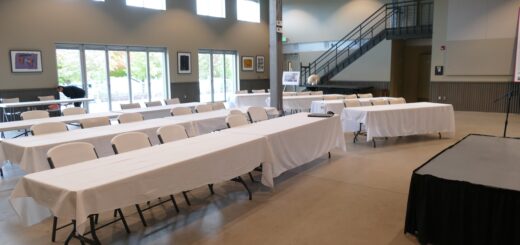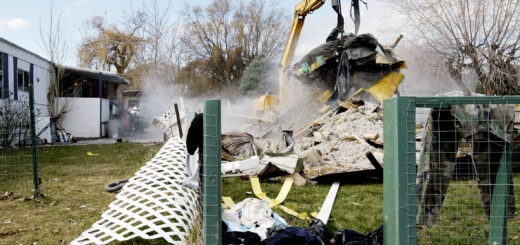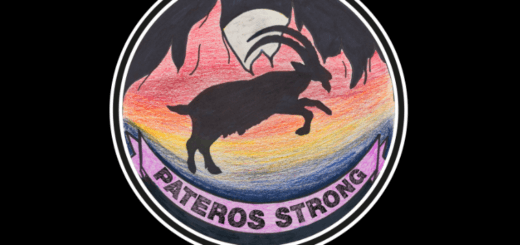The Marcus Whitman lies and myths are finally being corrected
On a recent visit to Walla Walla with a friend, I had the opportunity to visit the Whitman Mission National Historic site run by the National Park Service to see how the interpretation of Marcus and Narcissa Whitman is changing to reflect a more accurate view of both the 1847 massacre and the Whitman legacy.
I was happy to see that the Park Service is in the process of changing its exhibits and signage to tell a more nuanced story that corrects the myths that were created in the wake of the Whitman deaths – myths that lined up perfectly with how we Americans like to see our past — the supposedly selfless Whitmans trying to save the souls of indigenous people only to be ruthlessly murdered by supposedly nefarious Native Americans.
The truth is far more complex. Whitman, a physician, ignored warnings that his life would be endangered if he continued treating Cayuse tribal members because they had a reputation for killing medicine men when they failed. His successes treating Whites and failures treating Indians set the stage for the massacre.
In 2021, author Blaine Harden published a thoughtful and well-researched book, Murder at the Mission, exploring the myths as well as how the massacre was used as justification for aggressive expansion to the Western United States and the subsequent ruthless subjugation and displacement of Native Americans.
Fellow missionary Henry Spalding, who had a contentious relationship with Whitman, would go on to construct a fabricated story that Whitman had traveled back East before his death to persuade President Polk to prevent the British and Catholics from stealing the Northwest.
Spaldings lies were used by Whitman College to raise millions of dollars from donors over the years. Meanwhile, the Cayuse continued to be tormented and vilified. Even though many of these details were known decades ago, the carefully orchestrated Whitman myths misled millions of Americans and as a result Marcus Whitman statues were erected in Walla Walla, Washington D.C. and Olympia.
The recent attention on correcting the historical record is prompting people to look with fresh eyes at how the Whitmans are regarded. In the visitor center of the Whitman site, the
The National Park Service is making substantive changes in the way the story is told. I was delighted to see that the film at the visitor center told the story of the mission and the massacre from multiple perspectives, drawing heavily upon the Native American experience through a collaboration with the Confederated Tribes of the Umatilla Indian Reservation.
However, more work remains to tell that more balanced and complete story. The signs that dot the memorial site still reflect the traditional heroic story of the Whitmans that relies upon the false narrative, although the Park Service has posted disclaimers.
Some people might consider this recasting of history mere political correctness, but I think it’s healthy to update history with new evidence. The first draft of history is always told by the victors and the stories of the vanquished are understandably given short shrift.
“There was such an eruption of books based on the Spalding story because it is that sweet spot about what Americans wanted to believe about themselves,” Harden told me in a recent interview.
Because of the recent attention on the Whitmans, changes are happening. The Washington D.C. statue is being replaced by one of Indian activist Billy Frank, who fought for tribal fishing rights. The statue in Olympia is also being removed, while the one in Walla Walla may ultimately find a new home. Whitman College is offering scholarships to tribal members, but perhaps it should take further steps. Perhaps an apology for its part in trading on the myth in raising millions of dollars would be in order.
Important work is happening in North Central Washington to more fully reflect the history, culture and contributions of our Native American neighbors. We shouldn’t be afraid to tell our history from a broader perspective.




